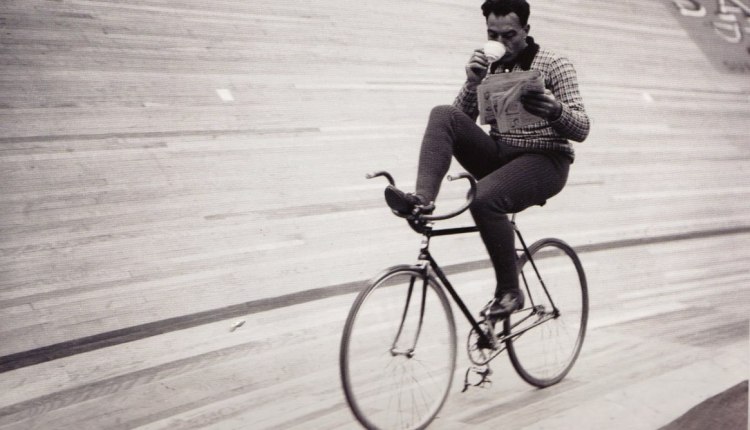I recently spoke to a friend, and I was joking about how I’d done a hike that had left me sore enough that I was contemplating doing a recovery ride. He asked why I would ride my bike to recover from hiking, so I asked if he’d ever done a recovery ride. He hadn’t.
I know from previous conversations lots of people think that recovery rides are just easy rides, like endurance rides. Done right, they are not. In an endurance ride, you go easy, but the idea is that your heart rate is a little elevated. You can breathe through your nose, but you are going hard enough to sweat.
With a recovery ride, the idea is to go as easy as possible and still ride. Have you ever done one of those slow races where the person who covers 100 feet or whatever the slowest wins? It’s a little bit like that. The point is to move the legs, but not tax them.
A proper recovery ride is much like massage. The idea is that in moving the legs, blood will flow through the muscles and flush away the lactic acid and whatnot. The trick is in going easy enough not to fatigue the muscle in any way.
Decades ago, I recall a friend saying at the outset of a recovery ride, “I don’t want to feel the pedals today.” Honestly, that helped inform my sense of recovery rides, but it would take another four or five years before I really understood them. He also got one thing wrong that day: Showing up for a group ride.
How easy can you go? It’s an interesting question and it would be silly if recovery rides didn’t work, but I’ve gotten home from many such rides feeling better than when I left.
Okay, so since this is prescriptive, here’s my checklist for what goes into a good recovery ride.
- Go alone. A rider’s ability to go easy is inversely proportional to the number of people on the ride.
- Ride the bike with the lowest gears you have.
- Make the ride as flat as possible. A trainer is a perfectly fine way to achieve this too. Dial the resistance to zero.
- Don’t look at the bike computer. Record the data if you want, but don’t look at the numbers. Speed will be silly low and heart rate may be oddly elevated. Wattage will be nonexistent.
- Don’t go for longer than an hour. A half hour can be enough.
- Don’t try to accomplish anything else on a recovery ride. No errands. No training. Just spinning. All the coaches say to train one system at a time. So, don’t try to combine it with an endurance ride or a cool tour of the city with your significant other who doesn’t ride much.
I’ve predicated all of this on the idea that someone is training hard enough to experience fatigue or soreness enough to need a recovery ride. I submit that some of the most important recovery rides I’ve ever done were when I was stressed or even depressed. They aren’t just for the go-fast types. Recovery rides will help anyone who needs to recharge, no matter from what.



I have made a few of these. Far too few, frankly…
[…] 90% when done correctly. Trust me, there's real science behind riding in a pre-fatigued state. Riding solo is essential to maintain the proper easy pace. Air resistance technology can actually enhance the […]